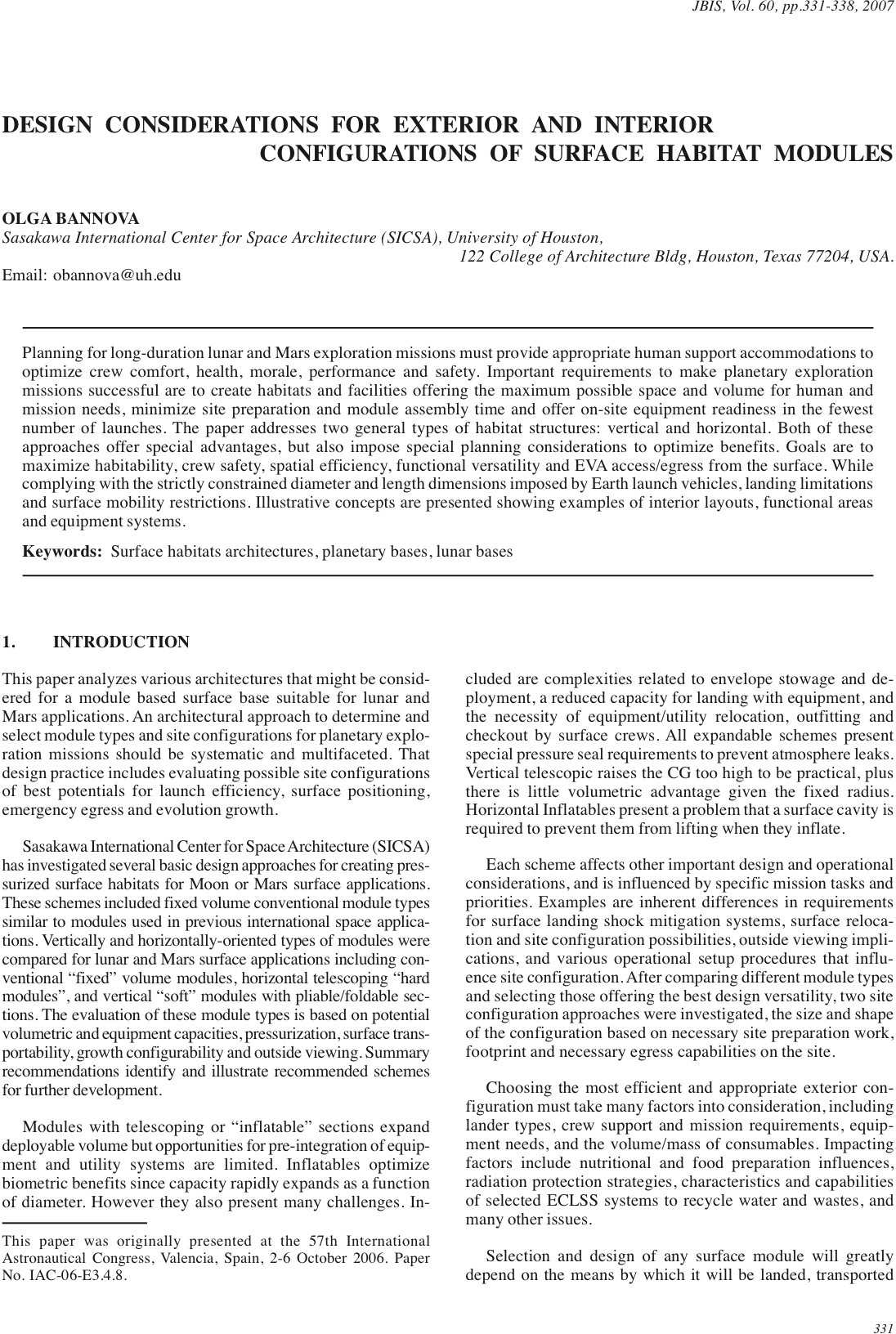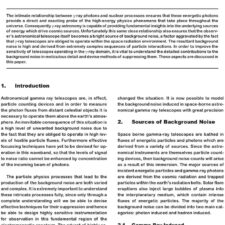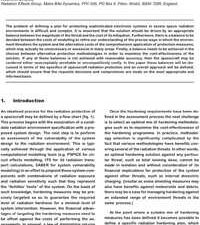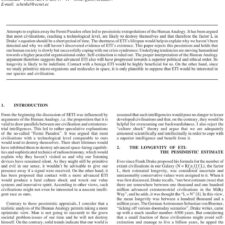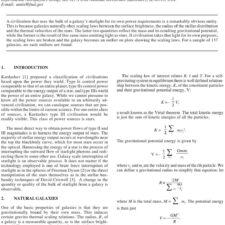Design Considerations for Exterior and Interior Configurations of Surface Habitat Modules
£5.00
O. Bannova (2007), JBIS, 60, 331-338
Refcode: 2007.60.331
Abstract:
Planning for long-duration lunar and Mars exploration missions must provide appropriate human support accommodations to optimize crew comfort, health, morale, performance and safety. Important requirements to make planetary exploration missions successful are to create habitats and facilities offering the maximum possible space and volume for human and mission needs, minimize site preparation and module assembly time and offer on-site equipment readiness in the fewest number of launches. The paper addresses two general types of habitat structures: vertical and horizontal. Both of these approaches offer special advantages, but also impose special planning considerations to optimize benefits. Goals are to maximize habitability, crew safety, spatial efficiency, functional versatility and EVA access/egress from the surface. While complying with the strictly constrained diameter and length dimensions imposed by Earth launch vehicles, landing limitations and surface mobility restrictions. Illustrative concepts are presented showing examples of interior layouts, functional areas and equipment systems.

